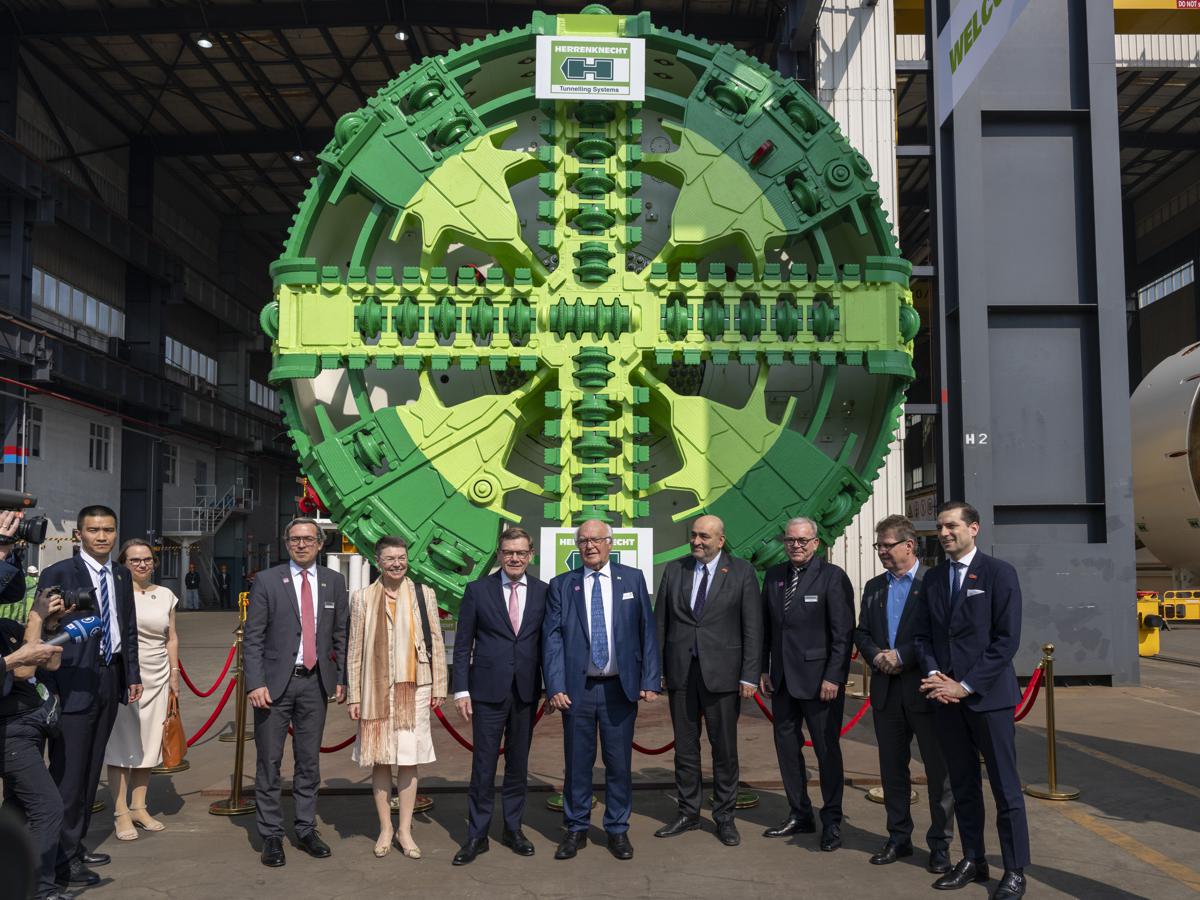New Era of Port Investment as Laldia Positions Bangladesh for Growth
Bangladesh has taken a decisive step towards reshaping its maritime future with the approval of a major public-private partnership with APM Terminals BV, the Netherlands-based arm of the Maersk Group.
The agreement sets in motion the design, project finance, construction and long-term operation of the Laldia Container Terminal at Chattogram Port. While the arrangement grants APM Terminals exclusive operational responsibility for three decades, ownership will remain firmly with the Chittagong Port Authority, reflecting a model increasingly favoured across emerging maritime economies.
The project illustrates Bangladesh’s ambition to reduce dependency on foreign transhipment hubs and carve out a stronger presence in regional logistics. It also mirrors a global pattern where port authorities draw on private-sector capital, technology and global shipping networks to accelerate modernisation without surrendering sovereign control.
Strategic Location With Regional Implications
Laldia’s placement around 5 km closer to the Bay of Bengal than the New Mooring Container Terminal offers more than a geographic perk. The location enables the port to receive much larger vessels than those currently handled at NCT, ending a longstanding limitation that has forced Bangladeshi exports and imports through Colombo or Singapore for consolidation.
Industry observers note that container ships continue to grow in size, placing pressure on regional ports to upgrade or risk losing competitiveness. Laldia’s deeper access and expanded berth capabilities align with these trends, giving Bangladesh an opportunity to slot into mainline shipping routes rather than remain at their margins.
Several studies on South Asian maritime competitiveness highlight the disproportionate costs faced by exporters when their ports cannot receive larger vessels. Those additional transhipment steps add time, reduce predictability and drive up logistics expenses. Through Laldia, policymakers aim to narrow these margins by allowing direct calls from major carriers.
Investment And Capacity Building
APM Terminals intends to invest roughly US$550 million in the terminal. This injection of capital is substantial for Bangladesh’s port infrastructure, placing Laldia among the most significant container terminal investments in the region.
Once operational, the terminal will add more than 800,000 TEUs of annual handling capacity, with the project’s design allowing output to rise towards 1 million TEUs as efficiency measures improve. The starting capacity of 800,000 TEUs represents a meaningful expansion of national handling capabilities, which have tested their limits amid rising export volume from the textile, manufacturing and agribusiness sectors.
Capacity increases of this scale can have cascading benefits across value chains. Faster vessel turnaround improves shipping schedules, while reduced congestion allows exporters to plan with greater confidence. For construction and industrial importers, dependable arrival windows help streamline the delivery of machinery, components and bulk materials.
Technology, Efficiency And Operational Expertise
APM Terminals brings a track record of modern port operations to the project. While the interim government has not released full technical specifications, the company typically deploys automation-ready layouts, digital cargo-handling systems and data-driven yard optimisation. These tools have become standard for high-performing container hubs worldwide.
The operator’s experience in running terminals across Asia, Africa and Europe signals a potential step-change in Chattogram’s operational ethos. Bangladesh has long grappled with dwell-time challenges and limited automation. Through the PPP model, APM Terminals is expected to introduce management efficiencies that align with global benchmarks.
The project is also expected to incorporate smart container-handling systems, real-time monitoring and next-generation gate automation to reduce bottlenecks and improve transparency. Industry analysts believe that such improvements could help Chattogram transition from a capacity-constrained port to one capable of absorbing steady trade growth.
Construction Timeline And Delivery Expectations
Construction is scheduled to start in December 2025, with full operations targeted for 2029. This four-year development window reflects the scale of the civil works, dredging, quay construction and specialised terminal equipment needed for deepwater container handling.
Large maritime construction projects often face delays due to weather, procurement challenges or geopolitics. To mitigate risk, the PPP structure establishes APM Terminals as both financier and builder, ensuring incentives align with timely delivery. The performance-based extension option beyond the initial 30-year term further encourages sustained efficiency.
International comparisons show that PPP-operated terminals tend to meet or outperform construction timelines due to the streamlined decision-making structure. Bangladesh will be watching closely, as delays could undermine the project’s strategic advantages.
Strengthening Bangladesh’s Place In Regional Trade
Laldia arrives at a pivotal time. Regional competitors, including India, Sri Lanka and Myanmar, have expanded or announced expansions of their own deepwater ports. With global shipping lines consolidating routes, countries unable to offer high-capacity terminals risk marginalisation.
Chattogram currently handles around 90 percent of Bangladesh’s seaborne trade. Yet its growth has consistently strained existing infrastructure. The addition of the Laldia terminal will not only relieve pressure but also enhance the port’s appeal to long-haul carriers.
In broader economic terms, a more capable port supports the country’s industrial ambitions. Bangladesh aims to rise as a diversified manufacturing centre, requiring logistics infrastructure that can handle everything from high-volume textiles to specialised machinery. Laldia, with its modern systems and deeper access, helps lay that foundation.
Global PPP Trends And Lessons For Bangladesh
The collaboration between CPA and APM Terminals reflects lessons from global PPP models. Many countries have engaged private operators to rejuvenate state-owned ports while preserving public ownership. Examples from Morocco’s Tanger Med, India’s Mundra, and terminals in Brazil show that performance-linked contracts can elevate efficiency, attract investment and embed global best practice.
Bangladesh’s approach also reduces fiscal pressure. Rather than funding the entire facility through public borrowing, the government leverages private capital and operational expertise. This arrangement protects the state from some financial risks while offering the operator long-term revenue opportunities.
Yet PPPs demand robust oversight. Authorities must monitor performance, ensure tariff fairness and maintain transparency throughout the operational period. As Chittagong Port Authority retains ownership, its regulatory capacity will be central to balancing commercial success with national interests.
Shapinh Economic Trajectory
The Laldia Container Terminal stands to shift the dynamics of Bangladesh’s trade landscape, bolstering its role in global shipping routes and improving outcomes for exporters, importers and logistics operators. While challenges remain, the combination of private investment, strategic planning and long-term capacity building suggests a strong foundation for progress.
Bangladesh’s ability to deliver modern port infrastructure will shape its economic trajectory for decades. Laldia’s development marks an important stride towards a more competitive, connected and resilient maritime future.




















